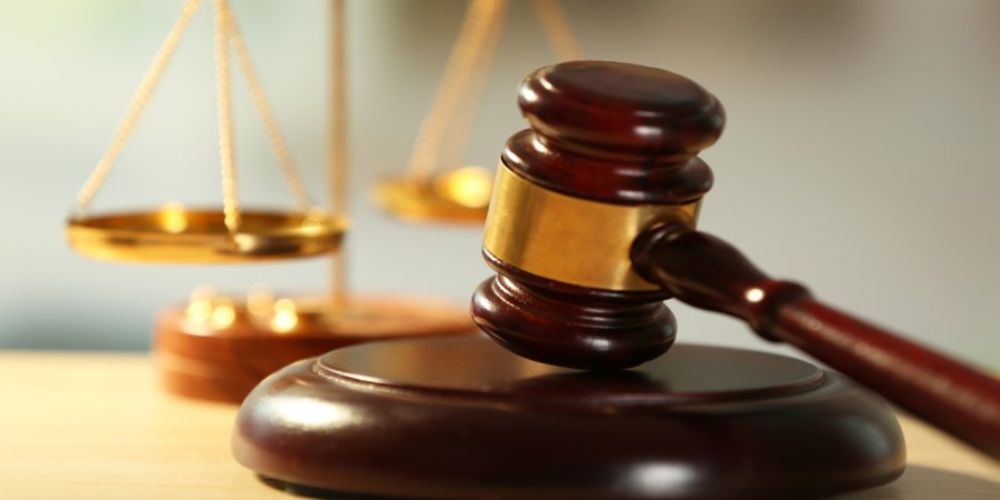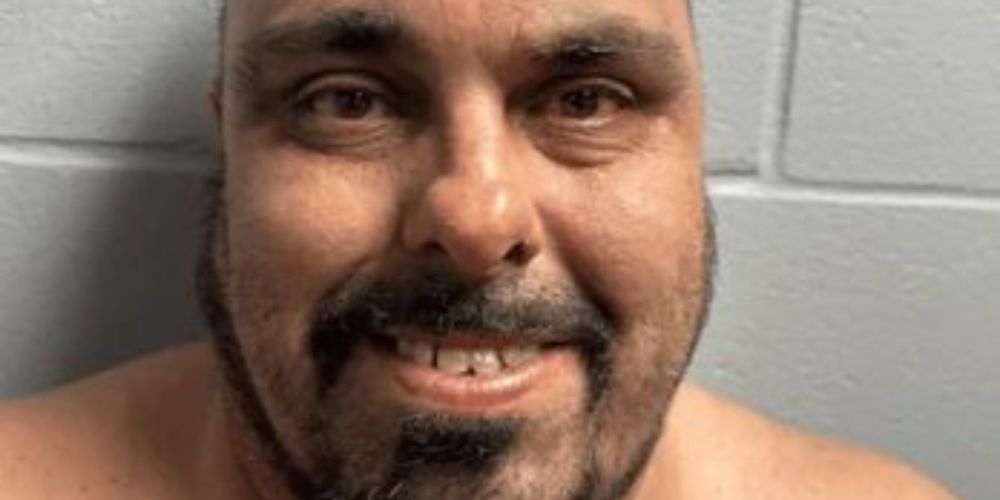Former Vice President Mike Pence’s previously unseen notes from January 6, 2021, capture a blistering phone call in which Donald Trump berated him as a “wimp” just hours before Congress certified Joe Biden’s victory, according to an upcoming book by ABC News Chief Washington Correspondent Jonathan Karl. Special counsel Jack Smith had planned to present Pence’s hastily handwritten entries—scrawled in his day planner—as core evidence if his case against Trump had gone to trial, documenting the critical window before the Capitol was overrun.
Pence’s notes, Karl reports in “Retribution: Donald Trump and the Campaign that Changed America,” record Trump warning, “You’ll go down as a wimp,” after Pence said he would not try to block certification. Pence also wrote that Trump told him, “If you do that, I made a big mistake 5 years ago,” a reference to picking Pence as his running mate. The notes even include a doodled angry face after Trump said, “You listen to the wrong people.”
Smith’s team assembled a vast trove of digital and documentary material, including a forensic image of Trump’s iPhone and draft versions of the Ellipse speech that were hastily revised to single out Pence. Those materials never became public after the case was halted following Trump’s return to the White House, leaving gaps in the public record of what prosecutors say occurred in the days leading up to the attack.
In a final report released in January, Smith argued the evidence would have shown that Trump “used lies as a weapon to defeat a federal government function foundational to the United States’ democratic process.” Karl notes that the Supreme Court’s July 2024 ruling expanding presidential immunity could have substantially limited how much of that record prosecutors would have been permitted to use at trial.
Before resigning, Smith told Attorney General Merrick Garland that, absent Trump’s reelection, the admissible evidence was strong enough to win—and keep—a conviction on appeal. “The Department’s view that the Constitution prohibits the continued indictment and prosecution of a President is categorical and does not turn on the gravity of the crimes charged, the strength of the Government’s proof, or the merits of the prosecution, which the Office stands fully behind,” he wrote, adding that but for Trump’s return to office, the case likely would have prevailed.
Pence’s contemporaneous notes, cited in Smith’s original indictment, document repeated efforts to correct Trump’s false claims of widespread voter fraud and show how the president and his allies pressured Pence to misuse his ceremonial role to delay or derail the count—pressure Pence says he resisted.
In his memoir “So Help Me God,” Pence recounts a call around 11 a.m. on January 6—roughly when Trump was scheduled to begin speaking at the Ellipse—during which Trump made a final push to get Pence to block certification. Pence’s notes say Trump called him a “wimp” after Pence said he lacked the “power” to do so. Pence wrote that Trump insisted, “You’re not protecting our country, you’re supposed to support + defend our country,” to which Pence replied, “We both took an oath to support + defend the Constitution. It doesn’t take courage to break the law. It takes courage to uphold the law.”
Witnesses inside the White House told the House Jan. 6 committee the call grew heated. Ivanka Trump said her father’s tone with Pence was different than she’d heard before. Nicholas Luna, Trump’s former assistant, recalled hearing the word “wimp,” while retired Lt. Gen. Keith Kellogg remembered Trump saying Pence wasn’t “tough enough.” About an hour later, Trump urged supporters to march to the Capitol, where Pence would preside over the count.
Prosecutors also leaned on the forensic image of Trump’s iPhone to buttress their timeline and theory of Trump’s state of mind, Karl reports. The data showed when the phone was locked and unlocked that afternoon, and investigators documented that the device was used to view images of the clashes at the Capitol, including scenes of violent confrontations and photos of Ashli Babbitt, who was fatally shot while attempting to breach the House chamber. A screenshot in the report showed a lock screen image of Trump in a red MAGA hat giving a thumbs-up. Later that evening, the phone visited a Twitter help page about locked accounts as Trump’s suspension from the platform took effect. Smith wrote that “the throughline of all of Mr. Trump’s criminal efforts was deceit.”
In other political developments, MSNBC columnist Hayes Brown noted that First Lady Melania Trump has remained publicly quiet amid an uproar over what he described as the president ordering the demolition of the White House East Wing to make room for a grand ballroom Trump has touted. Brown characterized the move as abrupt and with little advance notice. Commentators and critics have thrown around vastly different price tags for the project, with figures ranging from hundreds of millions of dollars to far higher estimates in some commentary.
Meanwhile, anti-hunger experts warned that the current government shutdown presents unprecedented risks to SNAP benefits, marking the first time the program has faced this level of peril during a funding lapse.
The administration and Republican leaders also amped up rhetoric ahead of the “No Kings” protest. Treasury Secretary Scott Bessent labeled it “the farthest left, the hardest-core” rally and claimed Democrats were delaying negotiations to end the shutdown until after it, saying, “No Kings equal no paychecks.” House Speaker Mike Johnson called it a “Hate America” rally and predicted appearances by pro-Hamas supporters, antifa, and Marxists. Sen. Roger Marshall described it as a “Soros-paid” event populated by professional activists.
Some critics drew sweeping historical parallels, arguing that authoritarian movements often target national symbols and heritage sites to exert control, invoking examples from the Nazis and Soviet regimes to the Taliban’s destruction of the Bamiyan Buddhas in Afghanistan.
The White House renovation fight spilled onto social media as well. After Hillary Clinton posted that a $250 million ballroom project was “destroying” the people’s house—writing, “It’s not his house. It’s your house. And he’s destroying it”—Sen. Ted Cruz responded on X with a jab: “At least he didn’t steal the silverware.”











Leave a Comment